Testing Of The SLS Main Booster.
Testing of the SLS Main Booster.
More Posts from Samstein1012 and Others
Profile of a World War 2 Test Pilot

Explanation: Big, beautiful spiral galaxy NGC 7331 is often touted as an analog to our ownMilky Way. About 50 million light-years distant in the northern constellation Pegasus, NGC 7331 was recognized early on as a spiral nebulaand is actually one of the brighter galaxies notincluded in Charles Messier''s famous 18th century catalog. Since the galaxy''s disk is inclined to our line-of-sight, long telescopic exposures often result in an image that evokes a strong sense of depth. The effect is further enhanced in this sharp image from a small telescope by galaxies that lie beyond the gorgeous island universe. The most prominent background galaxies are about one tenth theapparent size of NGC 7331 and so lie roughly ten times farther away. Their close alignment on the sky with NGC 7331 occurs just by chance. Seen through faint foreground dust clouds lingering above the plane of Milky Way, this visual grouping of galaxies is known as theDeer Lick Group.

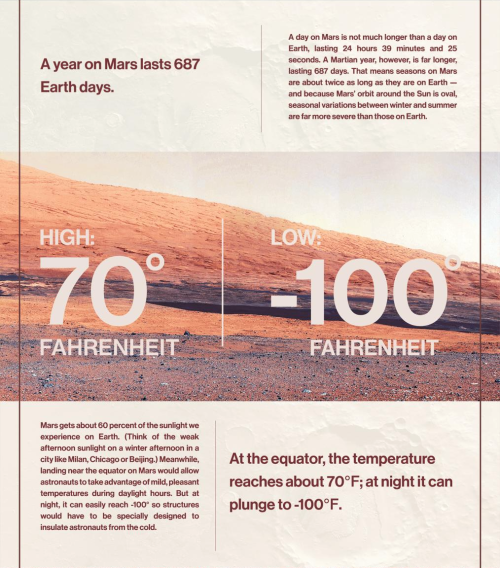
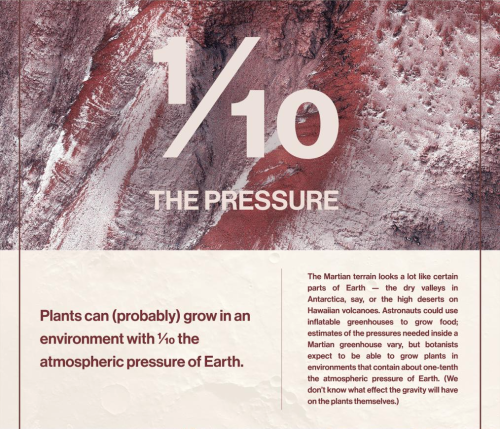
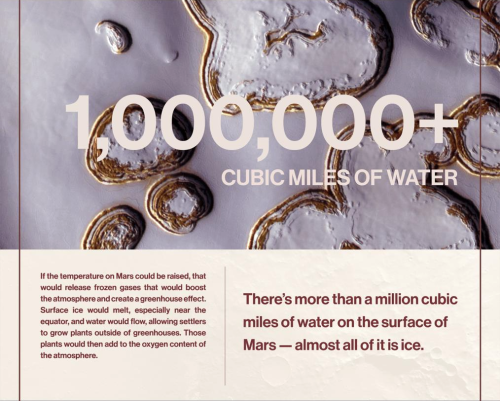
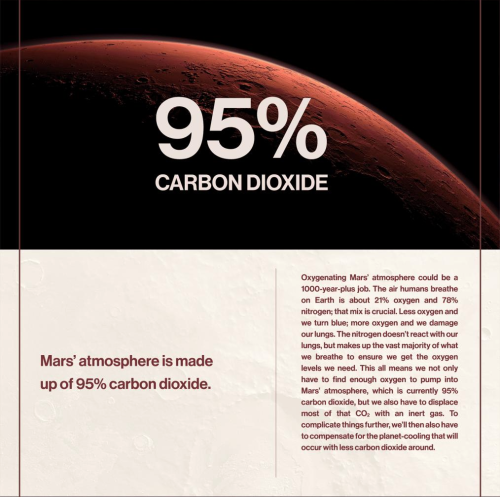

Life on Mars
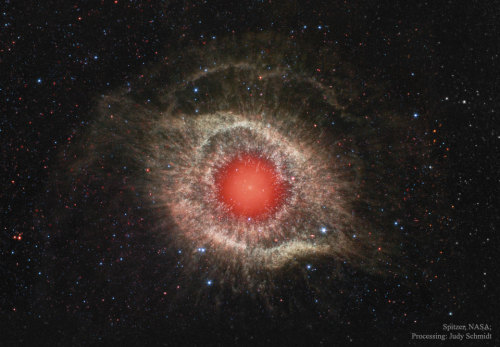
Helix Nebula // NGC 7293

Pluto in Combined Color
What is fascinating about Pluto is how young its surface is. We can see some canyons, planes, and mountains in this image - which is an indication of a young surface. This image of Pluto was taken when the New Horizons spacecraft was only 280,000 miles away from the surface. In the image you can see features as small as 1.4 miles! Four images from New Horizons’ Long Range Reconnaissance Imager (LORRI) were combined with color data from the Ralph instrument to create this enhanced color global view.
Credit: John’s Hopkin’s APL/NASA JPL








Full video: Stephen Colbert Helps President Obama Polish Up His Résumé
We have been expecting you Mr Handle......



Is Proxima b another Earth? It’s difficult to answer because no one has actually “seen” this distant planet which orbits the red dwarf star Proxima Centauri right in theGoldilocks Zone. Scientists have merely concluded that Proxima b (which is about 4.2 light years away from Earth) is right where it should be, by observing the regular, subtle changes in Proxima Centauri’s color. Proxima b is tidally locked to its star — which means one side of it is always facing Proxima Centauri, and the other side is perpetually dark. With just an 11.2-year revolution, it lies very close to its star, although red-dwarf stars are not as hot as yellow-dwarves (like our Sun). There is a possibility that water exists on Proxima b, and that it has an atmosphere protecting it from extreme heat, and scattering heat even to its dark side. How can we be sure? Harvard’s Avi Loeb and astronomer Laura Kreidberg propose that we use NASA’s James Webb Space Telescope (JWST). UNCERTAINTIES The long-delayed JWST is set to launch by 2018 (originally 2011). Loeb explains that if a rocky planet, like Proxima b, has an atmosphere, it would absorb light from its star and re-emit it as infrared light. Incidentally, the JWST is specifically designed to observe infrared light. The JWST can take photos of infrared light on the surface Proxima b, looking for patterns that would confirm whether or not this exoplanet has water or is covered by an atmosphere. Things aren’t so simple, however. The proposed method may be doable. But there are other factors that have to be considered. For instance, the existence of an atmosphere may not guarantee life, says astrophysicist Ed Turner of Princeton University. Proxima b may be like Venus, with an atmosphere 90 times thicker than ours, and extreme heat. Still, Loeb’s and Kriedberg’s plan is the only option we have for a glimmer of an answer about this “Earth next-door”. References: Business Insider, Scientific American
LIVE LONG AND PROSPER.....

I met her when I was 10 days old, and him in kindergarten. Now they’re married and I’m the happiest maid of honor ever. Congratulations @britmaack and Ben!
6 Ways Earth Observations Tackle Real-World Problems
This summer, 30 research projects were launched by recent college graduates and early career professionals as part of our DEVELOP program. The aim is to use our satellite observations of Earth to address an environmental or public policy issue. And they have just 10 weeks to do it! On Aug. 10, 2016, the “DEVELOPers” gathered at our Headquarters in Washington, DC to showcase their results. So, how can Earth observations solve real-world problems? Let’s take a look:

1. They help land managers identify the locations of invasive species.
Austin Haney, DEVELOP project co-lead at University of Georgia, has seen first-hand how an invasive species can affect the ecosystem of Lake Thurmond, a large reservoir that straddles the border between Georgia and South Carolina. Birds in the area “behave visibly different,” he said, after they consume a toxic cyanobacteria that lives on Hydrilla verticillata, an invasive aquatic plant. Ingesting the toxin causes a neurodegenerative disease and ultimately death. Scores of birds have been found dead near lake areas where large amounts of the toxin-supporting Hydrilla grow. To help lake managers better address the situation, Haney and project members developed a tool that uses data from the Landsat 8 satellite to map the distribution of Hydrilla across the lake.
Image Credit: NASA/Bill Ingalls

2. They help identify wildlife habitat threatened by wildfires.
Maps that depict habitat and fire risk in eastern Idaho previously stopped short of Craters of the Moon National Monument and Preserve, where shrubs and grasses transition to a sea of ankle-twisting basalt. But the environment is not as inhospitable as it first appears. Throughout the monument there are more than 500 kipukas —pockets of older lava capable of supporting some vegetation. That means it is also prone to burning. Project lead Courtney Ohr explained how her team used data from the Landsat 8 and Sentinel-2 satellites to develop a model that can simulate the area’s susceptibility to wildfires. Decision makers can use this model to monitor the remote wildlife habitat from afar.
Image Credit: NASA/Bill Ingalls

3. In conjunction with Instagram, they help find seaweed blooms
Who knew that Instagram could be a tool for science? One DEVELOP team searched for photographs of massive seaweed (sargassum) blooms in the Caribbean, mapped the locations, and then checked what satellites could see. In the process, they tested two techniques for finding algae and floating vegetation in the ocean.
Image Credit: Caribbean Oceans Team

4. They help conserve water by reducing urban stormwater runoff.
Atlanta’s sewer system is among the nation’s most expensive. Yet, the city still struggles with stormwater. It’s an uphill climb as new construction paves over more of the city, hindering its ability to absorb rain. The University of Georgia DEVELOP team partnered with The Nature Conservancy to address the problem.
Using satellite imagery, the team was able to pinpoint areas well-poised to capture more of the city’s runoff. They identified 17 communities ripe for expanding green infrastructure and reforestation. The team used the Land-Use Conflict Identification Strategy and Soil and Water Assessment Tool models and Landsat and Terra satellite data. Their analysis provides local groups with a working picture of the city’s water resources.
Image Credit: NASA/Bill Ingalls

5. They show the spread of the mite eating away Puerto Rico’s palm trees.
The red palm mite has devastated Puerto Rico’s trees in recent years. The insect chewed its way through coconut palms, bananas, and plantains on the island in the recent decade. Its spread has hurt crops across the Caribbean.
A DEVELOP team led by Sara Lubkin analyzed satellite imagery to track the mites’ rapid spread from 2002. The team mapped changes to vegetation, such as yellowing, and differences in canopy structure. They made use of imagery from Landsat, Hyperion, IKONOS, and aerial views. Their work can be used to mitigate current mite infestations and monitor and prevent future ones.
Image Credit: NASA/Bill Ingalls

6. They evaluate landslide-prone areas in the developing world
One team of DEVELOPers took on several projects to aid people in developing nations. This team from Alabama examined satellite imagery to find past landslides in the African nation of Malawi. Factors such as flooding after long periods of drought have made the country increasingly prone to landslides. Blending maps of the landscape, rainfall data, and population centers, the young researchers assessed the areas most at risk—and most in need of education and support—from landslides.
Image Credit: East Africa Disasters II Team
Want to read more about DEVELOP projects, or get involved? Summaries, images, and maps of current and past projects can be viewed HERE. You can also learn how to apply for the DEVELOP program HERE.
Make sure to follow us on Tumblr for your regular dose of space: http://nasa.tumblr.com
-
 reddog1984 liked this · 6 years ago
reddog1984 liked this · 6 years ago -
 bugalet liked this · 7 years ago
bugalet liked this · 7 years ago -
 midsociety reblogged this · 8 years ago
midsociety reblogged this · 8 years ago -
 midsociety liked this · 8 years ago
midsociety liked this · 8 years ago -
 tiny-purple-peanut reblogged this · 8 years ago
tiny-purple-peanut reblogged this · 8 years ago -
 suzukigsx liked this · 8 years ago
suzukigsx liked this · 8 years ago -
 cristian-randieri liked this · 8 years ago
cristian-randieri liked this · 8 years ago -
 success-is-what-i-crave liked this · 8 years ago
success-is-what-i-crave liked this · 8 years ago -
 lemonsandgodzilla liked this · 8 years ago
lemonsandgodzilla liked this · 8 years ago -
 rtzfrtz liked this · 8 years ago
rtzfrtz liked this · 8 years ago -
 seanieboy392 liked this · 8 years ago
seanieboy392 liked this · 8 years ago -
 nichole1022 reblogged this · 8 years ago
nichole1022 reblogged this · 8 years ago -
 nichole1022 liked this · 8 years ago
nichole1022 liked this · 8 years ago -
 a-bit-tired liked this · 8 years ago
a-bit-tired liked this · 8 years ago -
 chris9076 liked this · 8 years ago
chris9076 liked this · 8 years ago -
 nygujitadeju197700-blog liked this · 8 years ago
nygujitadeju197700-blog liked this · 8 years ago -
 wild-mare-of-prosecution liked this · 8 years ago
wild-mare-of-prosecution liked this · 8 years ago -
 wild-mare-of-prosecution reblogged this · 8 years ago
wild-mare-of-prosecution reblogged this · 8 years ago -
 mandalorianreynolds reblogged this · 8 years ago
mandalorianreynolds reblogged this · 8 years ago -
 memyselfandi420 liked this · 8 years ago
memyselfandi420 liked this · 8 years ago -
 tjboston1 reblogged this · 8 years ago
tjboston1 reblogged this · 8 years ago -
 skinnyclimbs liked this · 8 years ago
skinnyclimbs liked this · 8 years ago -
 deadradthings666-blog liked this · 8 years ago
deadradthings666-blog liked this · 8 years ago -
 mandalorianreynolds liked this · 8 years ago
mandalorianreynolds liked this · 8 years ago -
 shark-4nthr0 reblogged this · 8 years ago
shark-4nthr0 reblogged this · 8 years ago -
 shark-4nthr0 liked this · 8 years ago
shark-4nthr0 liked this · 8 years ago -
 non-of-your-businezzzz liked this · 8 years ago
non-of-your-businezzzz liked this · 8 years ago -
 willuthewisp liked this · 8 years ago
willuthewisp liked this · 8 years ago -
 lrdratio-blog reblogged this · 8 years ago
lrdratio-blog reblogged this · 8 years ago -
 nimrohi liked this · 8 years ago
nimrohi liked this · 8 years ago -
 thewanderingphoton reblogged this · 8 years ago
thewanderingphoton reblogged this · 8 years ago -
 abbeyss liked this · 8 years ago
abbeyss liked this · 8 years ago -
 prxphxt-blog liked this · 8 years ago
prxphxt-blog liked this · 8 years ago -
 rcdacted reblogged this · 8 years ago
rcdacted reblogged this · 8 years ago -
 cameronhasawhat reblogged this · 8 years ago
cameronhasawhat reblogged this · 8 years ago -
 inconstantsearchofperfection liked this · 8 years ago
inconstantsearchofperfection liked this · 8 years ago -
 storyofwildones-blog liked this · 8 years ago
storyofwildones-blog liked this · 8 years ago -
 kndbud777-blog liked this · 8 years ago
kndbud777-blog liked this · 8 years ago -
 cocoatunda liked this · 8 years ago
cocoatunda liked this · 8 years ago -
 strkid liked this · 8 years ago
strkid liked this · 8 years ago -
 set-saiil liked this · 8 years ago
set-saiil liked this · 8 years ago -
 allycat173 liked this · 8 years ago
allycat173 liked this · 8 years ago
Elon Musk,Electric Cars,MIT, Spacex, NASA, Tesla and Taylor Alison Swift
34 posts